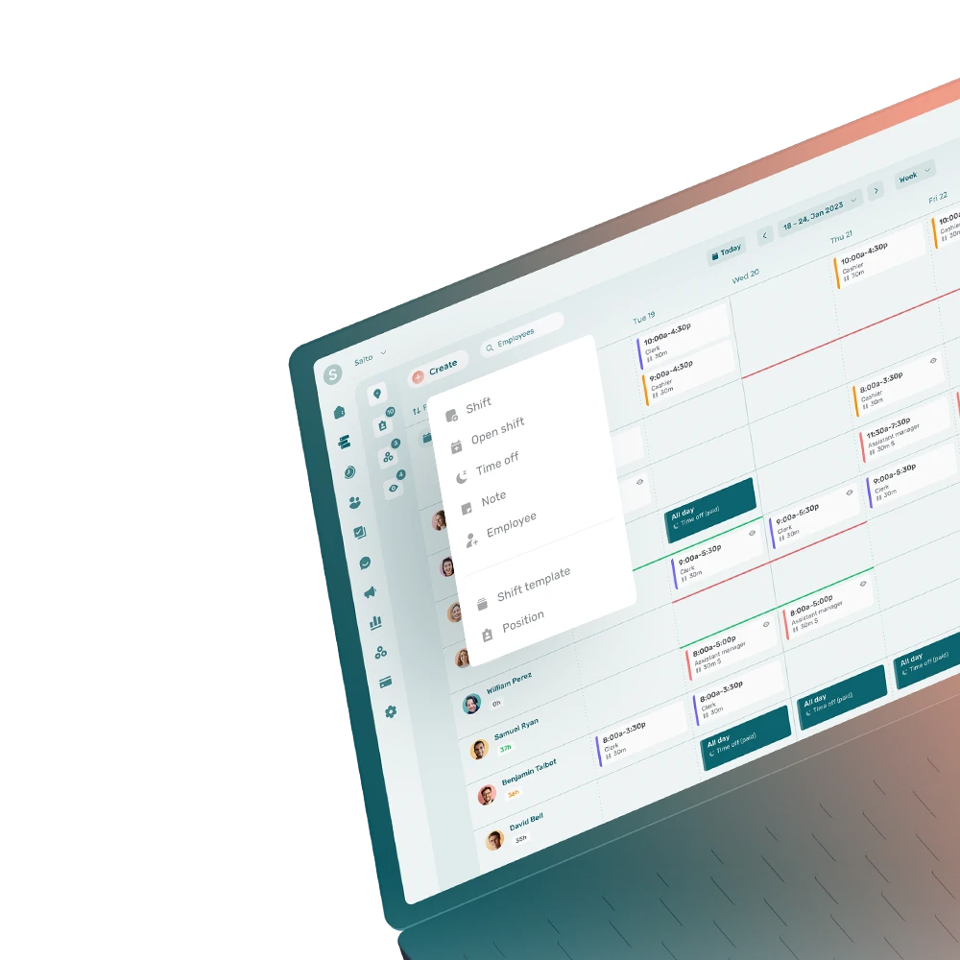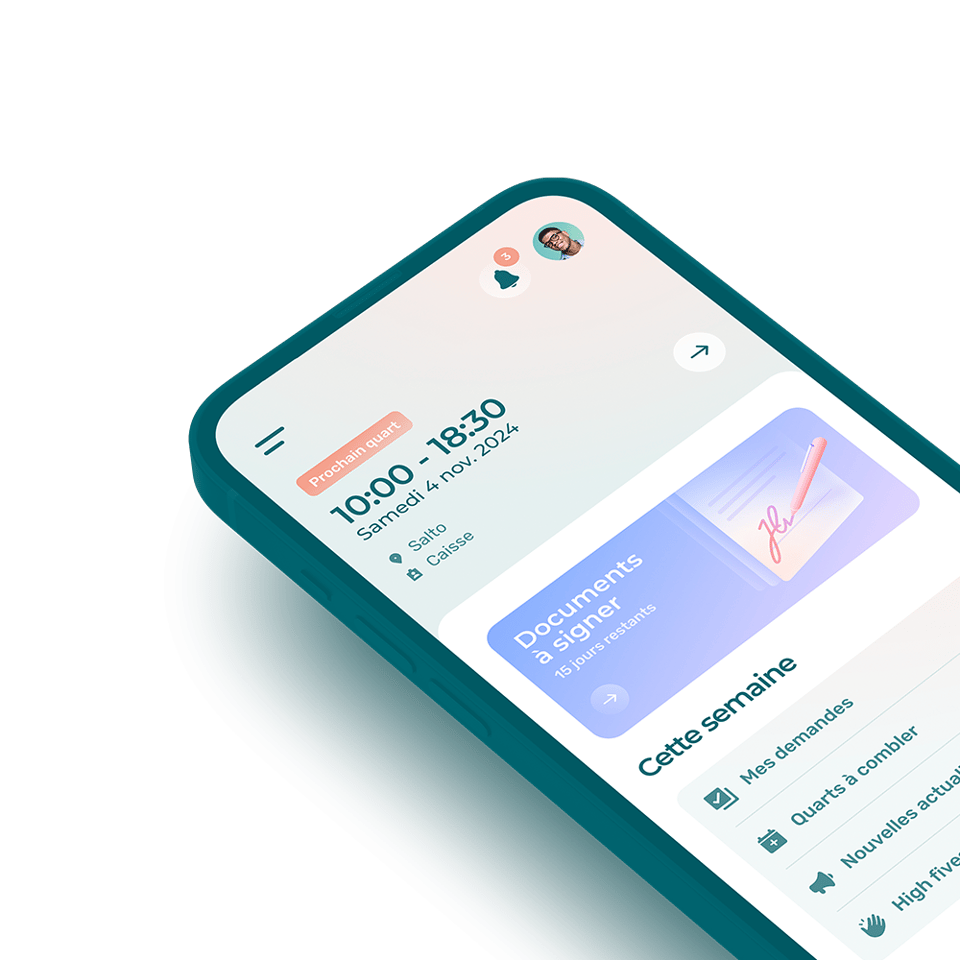An LMS (Learning Management Software) is an e-learning platform for creating, organizing, and distributing learning content.
Why Use an LMS?
The main purpose of LMSes is to enable the online presentation and distribution of training content. Because of their virtual nature, LMSes give trainers the ability to offer their services to interested individuals or organizations, regardless of location.
This flexibility is particularly appreciated by companies wishing to train their workforce without wasting time and money on travel. For the same reasons, LMSes are also useful for in-house trainers working, for example, with new customers, franchisees or employees.
What Are the Main Features of LMSes?
Typical LMS functionalities fall into two main categories, depending on the type of user. Functionalities available to trainers focus on content creation and distribution. Participant functionalities relate to accessing training content.
Features dedicated to trainers
- Create and manage training content
- Share content with participants
- Organization of live or pre-recorded courses
- Virtual classroom management
- Communication with participants
- Participant performance monitoring
- Participant certification
- Report generation
Features dedicated to participants
- Online access to training content
- Access to the virtual classroom
- Communication with trainers
- Access to results and certification
Other functionalities dedicated to the administrators of an organization allow them to manage issues relating to the platform itself, including billing, subscription terms, and access rights.




